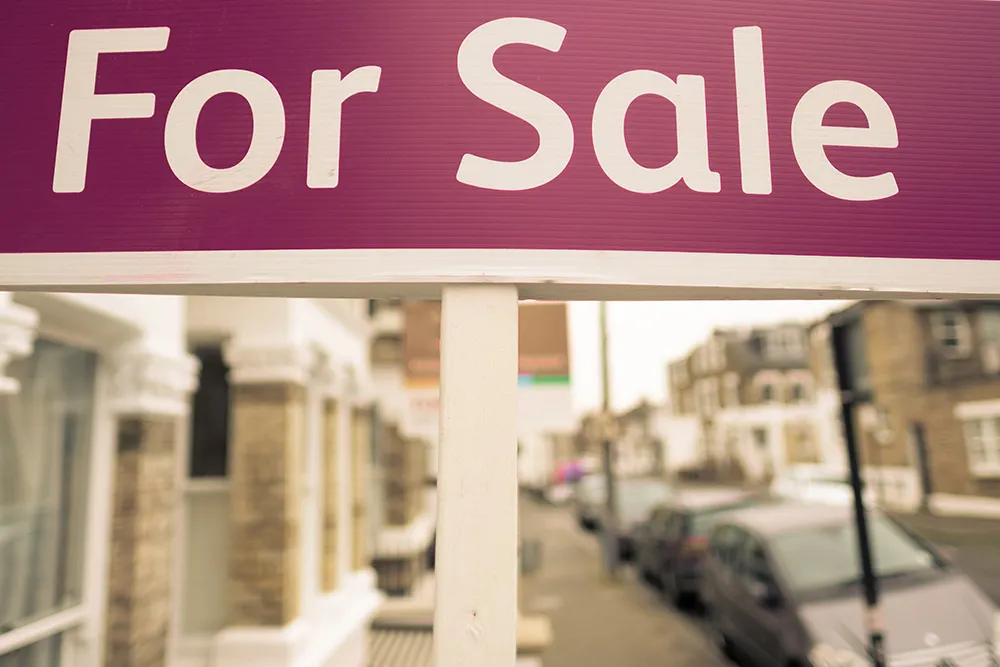
The UK economy grew by a greater-than-expected 0.3% between April and June, albeit below a 0.7% rise in the first three months of the year — but this mixed picture may allow mortgage lenders to continue to lower prices.
Britain’s second-quarter gross domestic product was driven by increases of 0.4% in services and a 1.2% jump in construction, while the production sector fell by 0.3%, Office for National Statistics data shows.
The UK economy was forecast to post just 0.1% growth in the second quarter of the year.
However, this was below a strong start to the year, where economic activity had been pulled into the first quarter of the year ahead of the imposition of US tariffs and changes to UK stamp duty thresholds on 1 April.
June saw growth jump by 0.4% “with growth in all three sectors”, says the ONS.
Deutsche Bank chief UK economist Sanjay Raja argues that growth in June will provide “strong and positive ‘carry over’ effects into the third quarter of the year,” reaffirming the investment bank’s 1.2% growth forecast for 2025.
But after a stellar first quarter, the UK economy appears to have reverted back to its anaemic mean of recent years, says Quilter investment strategist Lindsay James.
James adds: “The labour market is weakening, the government appears to be planning for additional tax hikes in the autumn and global factors make business planning difficult.
“None of these issues carry easy fixes and there are very few short-term solutions.”
But lenders in the mortgage market have used the last three months to make sales.
John Charcol mortgage technical manager Nicholas Mendes says: “The market feels more settled than it did a year ago. Rates have been edging lower in recent weeks, helped by a fall in swap rates and a wave of competition between lenders.
“Many banks are behind on their annual lending targets, so they’re sharpening prices to win remortgage business, which is why we’re now seeing two- and five-year deals dip below 3.8%, even though inflation is still above target.
“The gap between pandemic-era sub-2% mortgages and today’s deals remains, but the ‘payment shock’ has eased compared to the highs of 2023 when two-year fixes averaged close to 6.9%.
“Over the next few months, I expect gradual reductions rather than dramatic falls. If inflation and labour market data hold steady, we could see best-buy rates move towards the mid-threes in 2026 but, as we’ve seen before, markets can turn quickly.”
Trinity Financial products and communications manager Aaron Strutt points out: “Banks and building societies are constantly having to make larger rate and criteria changes and adapt to the current market conditions to maintain their lending volumes.
“This latest reduction in economic growth does not make things any easier for the financial sector or the property market. Even the governor of the Bank of England [Andrew Bailey] highlights that there is a lot of uncertainty at the moment, and it is impacting people’s attitudes towards buying properties and spending money.”



